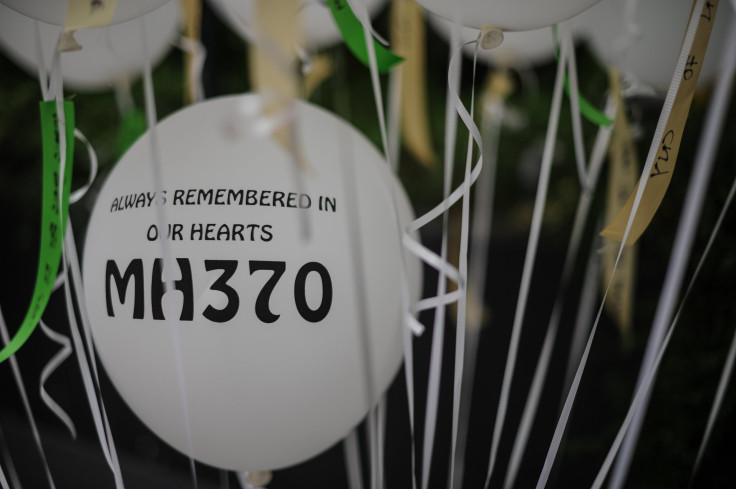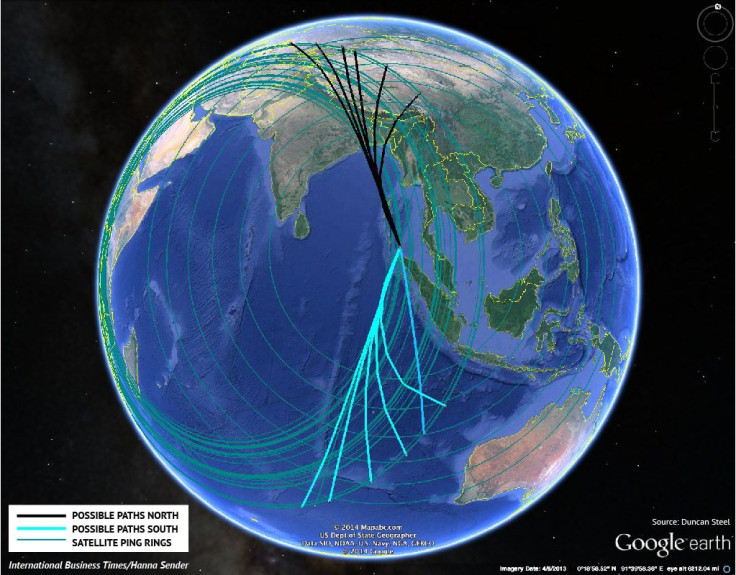MH370 Route Map: Where Did Missing Malaysia Airlines Plane Go?

This March 8 will mark the third anniversary of the missing Malaysia Airlines' MH370 plane. The whereabouts of the aircraft is still a mystery after 46,000-square-mile area search by Malaysia, China and Australia, did not yield results.
The plane went missing on March 8, 2014 when it was on its way to Beijing from Kuala Lumpur with 239 people on board. Land and air search operations began to the north, north-east and north-west of Kuala Lumpur initially. However, it expanded to several miles in the southern part of the Indian Ocean.
Here is the MH370 flight path:
- The flight departed at 12.41 a.m. local time [11:41 a.m. EST on March 7] from Kuala Lumpur and it was due to arrive in Beijing at 6:30 a.m.
- At 1:07 a.m. local time, a routine transmission from an onboard computer showed the plane to be on its scheduled route.
- At 1:19 a.m. local time, one of the pilots signed off with the air traffic controllers saying, "Good night, Malaysian three seven zero," when the aircraft moved from Malaysian to Vietnamese airspace. This is believed to be the last communication from those aboard on the ill-fated plane.
- MH370’s transponder, which automatically transmits a signal after receiving an incoming signal, stopped communicating at 1:21 a.m.
- Between 1:21 a.m. and 1:28 a.m. the aircraft reportedly change its path and took a sharp left turn.
- The Malaysian government said military ground radars detected the plane at 2.15 a.m. flying west of the Malay Peninsula and briefly north over the Andaman Sea, prior to losing contact.
- At 2:28 a.m. a satellite positioned above the Indian Ocean detected pings from MH370. Six such pings were detected every one hour until 8.19 a.m. These were disclosed a week after the aircraft went missing and help searchers determine that the plane could have either gone north between Thailand and Kazakhstan, or south between Indonesia and the southern Indian Ocean.

Several theories have surfaced since to speculate the fate of the Boeing 777-20. One of the possible theory investigating authorities believe is that the aircraft was on autopilot as its pilots were either incapacitated or dead at the time of the crash. Following this, the plane may have gone down into a remote part of the southern Indian Ocean after running out of fuel.
Investigators also considered the rogue pilot theory, where the background of MH370 pilot Captain Zaharie Ahmad Shah was checked to determine if he deliberately crashed the plane. However, no evidence was found to support the theory.
In January, when the search for MH370 was called off, Malaysia's Transport Minister Liow Tiong Lai said 25 pieces of debris have been confirmed to be from MH370.
© Copyright IBTimes 2025. All rights reserved.





















